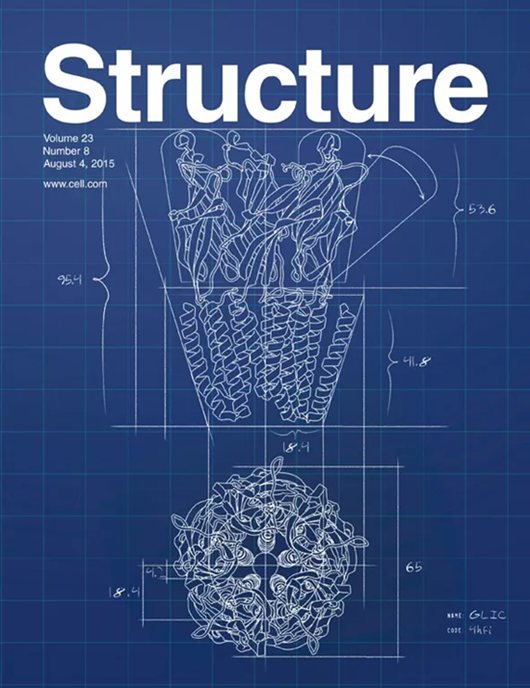Structure and dynamics of a nucleosome core particle based on Widom 603 DNA sequence
IF 4.4
2区 生物学
Q2 BIOCHEMISTRY & MOLECULAR BIOLOGY
引用次数: 0
Abstract
Nucleosomes are fundamental elements of chromatin organization that participate in compacting genomic DNA and serve as targets for the binding of numerous regulatory proteins. Currently, over 500 different nucleosome structures are known. Despite the large number of nucleosome structures, all of them were formed on only about twenty different DNA sequences. Using cryo-electron microscopy, we determined the structure of the nucleosome formed on a high-affinity Widom 603 DNA sequence at 4 Å resolution; an atomic model was built. We proposed an integrative modeling approach to study the nucleosomal DNA unwrapping based on the cryoelectron microscopy (cryo-EM) data. We also demonstrated the DNA unwrapping of the Widom 603 nucleosome using small angle X-ray scattering and single particle Förster resonance energy transfer measurements. Our results are consistent with the asymmetry of nucleosomal DNA unwrapping. Our data revealed the dependence of nucleosome structure and dynamics on the sequence of nucleosomal DNA.

求助全文
约1分钟内获得全文
求助全文
来源期刊

Structure
生物-生化与分子生物学
CiteScore
8.90
自引率
1.80%
发文量
155
审稿时长
3-8 weeks
期刊介绍:
Structure aims to publish papers of exceptional interest in the field of structural biology. The journal strives to be essential reading for structural biologists, as well as biologists and biochemists that are interested in macromolecular structure and function. Structure strongly encourages the submission of manuscripts that present structural and molecular insights into biological function and mechanism. Other reports that address fundamental questions in structural biology, such as structure-based examinations of protein evolution, folding, and/or design, will also be considered. We will consider the application of any method, experimental or computational, at high or low resolution, to conduct structural investigations, as long as the method is appropriate for the biological, functional, and mechanistic question(s) being addressed. Likewise, reports describing single-molecule analysis of biological mechanisms are welcome.
In general, the editors encourage submission of experimental structural studies that are enriched by an analysis of structure-activity relationships and will not consider studies that solely report structural information unless the structure or analysis is of exceptional and broad interest. Studies reporting only homology models, de novo models, or molecular dynamics simulations are also discouraged unless the models are informed by or validated by novel experimental data; rationalization of a large body of existing experimental evidence and making testable predictions based on a model or simulation is often not considered sufficient.
 求助内容:
求助内容: 应助结果提醒方式:
应助结果提醒方式:


